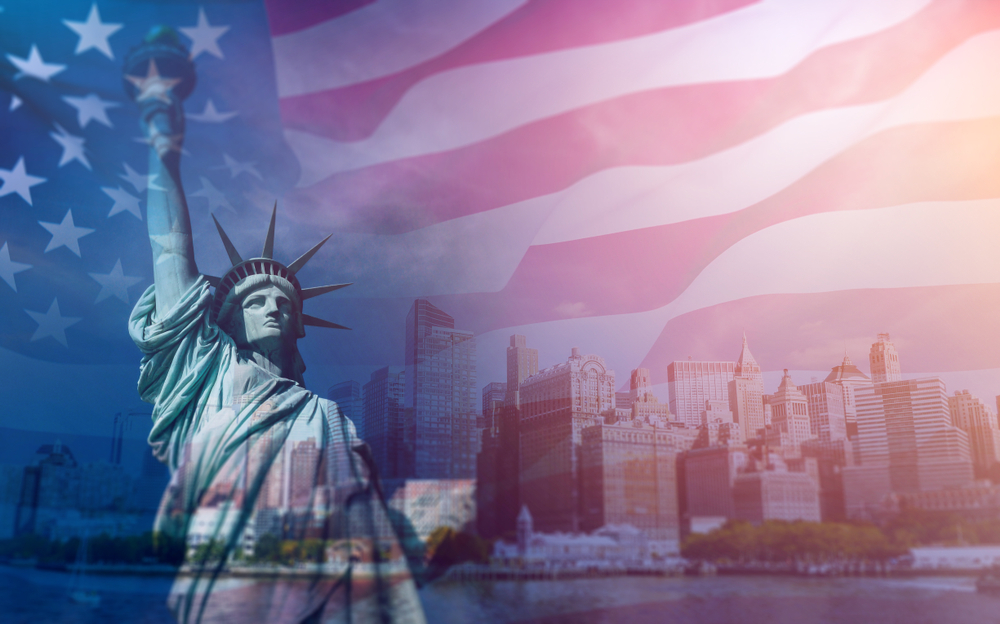From television shows and films to music and fast food chains, American culture has spread across the globe. However, not everything that is considered normal in the United States translates well in other countries. While Americans might not think twice about tipping a waiter or using imperial measurements, people from other parts of the world often find these habits confusing or even irrational. Here are eight American things that many people outside the United States struggle to understand.
Tipping Culture and Who Deserves a Tip

One of the most baffling aspects of American life to foreigners is the tipping system. While tipping exists in many countries, the American approach is more extensive and expected. In the United States, tipping is considered part of a worker’s income, especially in the service industry. Waiters, bartenders, taxi drivers, hairdressers, and hotel staff often rely on tips to make a living wage.
In contrast, workers in similar roles in countries like Japan, Australia, and much of Europe receive higher base pay. Tipping is either minimal or considered unnecessary. Foreigners often wonder why employers do not simply pay a livable wage, instead of placing the burden on customers. The expected tipping amount, typically 15 to 20 percent, is also unusually high by global standards.
Healthcare Costs and Insurance Confusion

Another point of confusion for people from countries with universal healthcare is the cost and complexity of the American healthcare system. Unlike nations where medical services are paid for by the government or come at a flat, predictable rate, the United States has a system based largely on private insurance. Visitors are often shocked to learn that an ambulance ride can cost over $1,000. Even more shocking is that a hospital visit might lead to a five-figure bill. Even with insurance, many Americans face copays, deductibles, and out-of-pocket expenses. This lack of predictability in cost is foreign to people who are used to healthcare systems that are subsidized and regulated to ensure affordability and accessibility for all.
The Use of Imperial Units

While the metric system is the global standard, the United States continues to rely on the imperial system. Americans measure distances in miles, buy milk in gallons, and cook using Fahrenheit temperatures. This system, inherited from the British Empire, has been abandoned by nearly every other developed nation. As a result, foreigners often struggle to convert feet into meters or pounds into kilograms when reading American labels or recipes. Despite occasional efforts to transition to the metric system, Americans largely stick to their familiar units. This makes it difficult for the rest of the world to relate.
Obsession with College Sports

In many countries, sports are either professional or local, but in the United States, college sports are a national phenomenon. Massive stadiums, lucrative broadcasting deals, and intense rivalries are all part of college athletics, particularly football and basketball. It is hard for outsiders to understand why amateur players, often not paid, are treated like celebrities.
Schools like the University of Alabama or Ohio State University fill stadiums that hold over 100,000 fan. College championships receive prime-time coverage. In most other countries, universities are seen as academic institutions, not athletic entertainment hubs. The commercialization and competitive nature of college sports in America can seem over-the-top and puzzling to international observers.
Read More: 30 Quirks That Make Americans Stand Out Around the World
The Legal Drinking Age Being 21

In much of the world, people are legally allowed to consume alcohol at 18 or even younger. In the United States, however, the legal drinking age is 21. For people from countries where alcohol consumption is a normalized part of young adulthood, this restriction seems excessive. Compounding the confusion is the fact that 18-year-olds in the U.S. can vote, enlist in the military, and be tried as adults in court, yet they are legally barred from buying a beer. This inconsistency often leads to questions about American values and the rationale behind age-based laws.
Extreme Patriotism and Flag Displays

Another uniquely American characteristic that puzzles many outsiders is the degree of patriotism displayed in everyday life. In the United States, it is common to see the national flag outside homes, on cars, and even on clothing. Pledging allegiance to the flag in schools and standing for the national anthem at events are standard practices.
While national pride exists in other countries, the sheer visibility and frequency of patriotic displays in the United States is unusual. Some people interpret it as overcompensation or propaganda. Others view it as a sincere expression of love for the country. Regardless of interpretation, the level of patriotic fervor in American culture often stands out to visitors.
Prescription Drug Advertising on TV

Television viewers in the United States are used to seeing commercials for prescription medications, but for many foreigners, this is both shocking and confusing. The United States is one of only two countries in the world, along with New Zealand, that allows direct-to-consumer pharmaceutical advertising. These ads typically include a list of possible side effects and encourage viewers to ask their doctor for a specific drug. In other countries, doctors are responsible for prescribing medicine based on clinical judgment, not customer requests influenced by marketing. The idea of advertising powerful medications like they are consumer products is baffling to those from nations with stricter drug marketing rules.
Portion Sizes and Free Refills

Food portions in the United States are another thing that can surprise international visitors. Meals at American restaurants are often significantly larger than those served elsewhere. This contributes to the perception of overconsumption and waste. In addition to large portion sizes, the practice of offering free refills on soft drinks is rare outside of North America. While some foreigners enjoy the generosity, others find it excessive. In countries where food waste and health concerns are taken seriously, the American approach to food and drink can seem indulgent or unhealthy.
A Diverse Country Filled with History, Politics, Economics, and Cultural Values

America is a vast and diverse country, and its customs reflect a unique blend of history, politics, economics, and cultural values. However, what is ordinary for Americans can be downright bewildering to people from other parts of the world. From tipping practices and healthcare policies to sporting traditions and food habits, these differences highlight the ways in which culture shapes perception.
Understanding these peculiarities can lead to richer cross-cultural communication and perhaps even offer Americans a chance to reexamine some of their own societal norms. What seems perfectly normal in the United States often reflects a deeply embedded cultural logic that may not be immediately apparent to outsiders. Yet these anomalies makes perfect sense within the American context.
Read More: 14 Ways People Instantly Know You’re American, According to Outsiders
Disclaimer: This article was created with AI assistance and edited by a human for accuracy and clarity.

